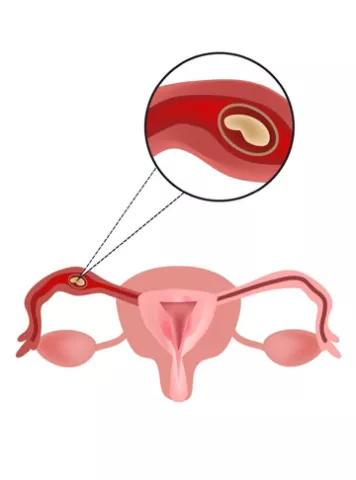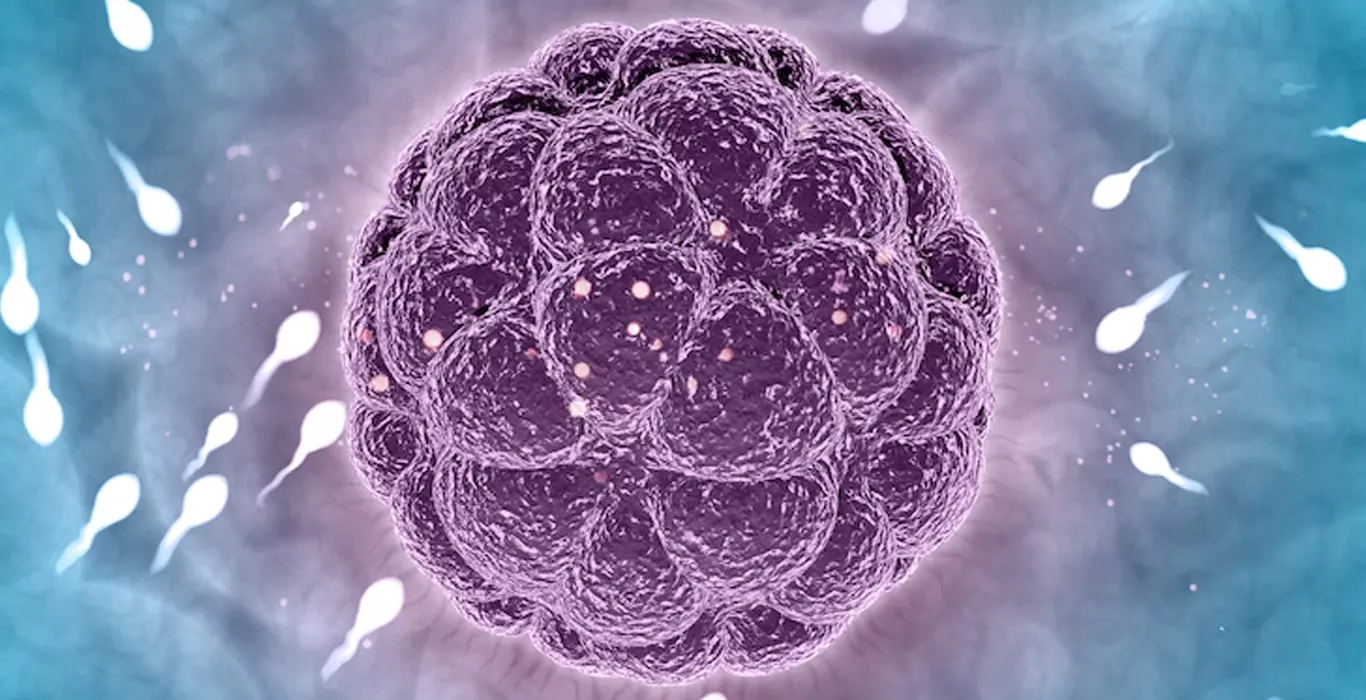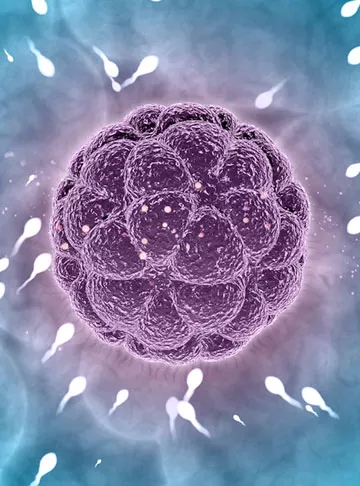Synopsis
Types of Assisted Reproductive Technology: Here, learn about the different types of ART for infertile couples. Read and find out which ART treatment is suitable for you.
Infertility is inability to conceive within one year of unprotected intercourse. Now world is also getting aware that both male and female can be equally responsible for infertility related problems. Once considered as taboo now people are opening up to accept the treatments provided by infertility clinincs. An infertility examination includes check-ups like ovulation test, tubal patency, etc. in the female partner and semen analysis for semen parameters like count, motility, morphology and vitality for male factor. As this industry has grown by leaps and bound in past few decades lets have a look at what kind of techniques this industry has to offer as science has advanced way past the imagination of a common man to solve their infertility related issues. We will try to enlisting various treatment modalities for such couples through this article which are used in treatment of infertility.
1. Intrauterine insemination [IUI] this artificial insemination is the first line of treatment for patients. Patients with factors like unexplained infertility[10%], mild male factor with semen count of around 10-15million/ml or a TMF of 1-5 million/ml or coital dysfunction. The semen preparation is done on the day of IUI and is inseminated in the uterine cavity by a specialized catheter. The success rates of one cycle is around 15%. This technique is pretty simple and can be done with or without being on drugs for ovulation.
2. In-vitro fertilization[IVF]: This technique is now becoming quite well known among the general population. It is the most simple ,safe, effective and an affordable technique. In this technique controlled ovarian stimulation is done by giving gonaotropin injections daily for 10-12 days. On the Day of ovum pick up, oocytes are aspirated from the ovary under anesthesia of female partner and semen sample is procured in the lab by male partner. The fertilization is done outside in the lab where thousands of vital motile sperms are place together with oocytes for successful fertilization. The resulting embryos are cultured and best growing ones are used for transfer in uterus for conception..
3. ICSI [Intra Cytoplasmic Sperm Injection] is an advanced technique then conventional IVF. Procuring sperms and gametes is same as in IVF but there after instead of mixing sperm and oocyte in lab a single sperm is directly injected into one mature oocyte. This technique is usually practiced in males with abnormal semen parameters like less count and motility or in case of obstructive azoospermia too. In such patients surgical retrieval of sperms can be done via one of the following techniques once proper hormonal work up that is serum FSH, LH, TESTOSTERONE, PRL, TSH have been done . The various techniques can be:
A. MESA : Microsurgical Epididymal Sperm Aspiration, involves dissection of the epididymis using high-power optical magnification of operating microscope and incision of a single tubule. Fluid spills from the epididymal tubule gets collected in the epididymal bed and this fluid is then aspirated.
B. PESA : Percutaneous epididymal sperm aspiration A small needle is passed directly into the head of the epididymis through the scrotal skin and fluid which may contain sperms is aspirated. This technique does not require a surgical incision but may require local or general anesthesia.
C. TESE/TESA : TESE – testicular sperm extraction is a surgical biopsy of the testis whereas TESA – testicular sperm aspiration is performed by inserting a needle in the testis and aspirating fluid and tissue with negative pressure. The embryologist retrieves the sperms from fluid or tissue obtained and prepares them for ICSI.
4. Embryo Transfer: After IVF/ICSI is performed if sperm and egg fuses with each other the two nucleus are seen on next day and this confirms successful fertilization. In general, around 75% of the mature eggs will fertilize. By the third day it is now called embryo and a normally developing embryo will have 6-10 cells in it. These embryos are cultured further till day 5/6. An embryo on this day is known as a blastocyst, wherein a fluid cavity is formed and the placental and fetal tissues start separating. Embryo transfer is done with a specialized catheter at this stage and if successful then implantation will occurs within 1 or 2 days of transfer. In implantation process blastocyst come out of its covering called zona pellucida and gets attached to endometrium in the uterus to achieve a successful pregnancy.
5. Laser assisted hatching: This is a micro manipulation procedure in which a hole is made in the Zona pellucida of embryo with the help of LASER before embryo transfer to facilitate hatching of the embryos. It is usually helpful in patients >35years of age or patients with recurrent implantation failure[RIF].
6. Preimplantation genetic testing [PGT] this is an advanced test in which the developing embryo is biopsied on day 3 or day 5 stage and the cells are sent for testing of genetic anomalies. Preimplantation genetic testing for aneuploidy (PGT-A) or Preimplantation genetic testing for chromosomal structural rearrangements (PGT-SR) formerly known as Preimplantation genetic screening (PGS) is used to determine whether the cells in an embryo contain the normal number of chromosomes, which is 46 with no structural defects. Preimplantation genetic testing for monogenic/single gene defects (PGT-M) perviously known as Preimplantation genetic diagnosis (PGD) is generally opted by couples with the known family history of some genetic disorder or a serious disease and has doubt’s about transmitting the same to their offspring.
7. Cryopreservation : This has revolutionized the IVF industry. It implies the freezing of embryos, oocytes, and sperm at -196oCfor future use. This technique is also useful for better planing of IVF cycles. In the earlier day slow freezing method was followed but it was not as successful as current days Rapid Vitrification process. It has been observed that results obtained from vitrified embryos have a better pregnancy outcome by using them in subsequent cycles after thawing them successfully.
These are some major techniques used and in day to day practice. The field has advanced so much from 1978 when first “Test Tube Baby- Louise Brown” was born that the hope of couples to win the battle against infertility has changed. Blessing of parenthood can now be opted by many with new and emerging technologies changing face of field everyday.
Comments
Articles
2023


Guide to infertility treatments IVF
एक्टोपिक प्रेगनेंसी के लक्षण, कारण और इलाज
प्रेगनेंसी की खबर महिला को का�...
2023


Guide to infertility treatments
Hypertension- How it impacts Fertility and Pregnancy
Blood pressure problems are no longer just an old-age problem. It is steadily ...
2023


Guide to infertility treatments
Managing Pregnancy, Infertility, and Career with Confidence
Before we start, let us ask you a question! What are your fondest Mother’s D...
2023


Male Infertility Guide to infertility treatments
अशुक्राणुता (एजुस्पर्मिया) के कारण, लक्षण और उपचार (Azoospermia in Hindi)
माता-पिता बनने से महरूम रहना भ...
2023


IVF Guide to infertility treatments
टेस्ट ट्यूब बेबी का खर्च कितना आता है (What is the test tube baby cost in hindi)
पिछले कुछ वर्षों में टेस्ट ट्�...


Guide to infertility treatments Infertility Tips
पीआईडी: पेल्विक इनफ्लैमेटरी डिजीज और निःसंतानता
पीआईडी - पेल्विक इनफ्लैमेटरी �...
2022


Guide to infertility treatments IVF
थाइरायड असंतुलन के कारण हो सकती है निःसंतानता, आईवीएफ से कैसे हो सकता है।
पिछले कुछ वर्षों में थायराइड �...


IVF Guide to infertility treatments
भारत में आईवीएफ ट्रीटमेंट में कितना खर्चा होता है
पिछले कुछ वर्षों में टेस्ट ट्�...


Guide to infertility treatments
Varicocelectomy
What is Varicocelectomy? Varicocelectomy is a surgical procedure performed ...
Tools to help you plan better
Get quick understanding of your fertility cycle and accordingly make a schedule to track it
















